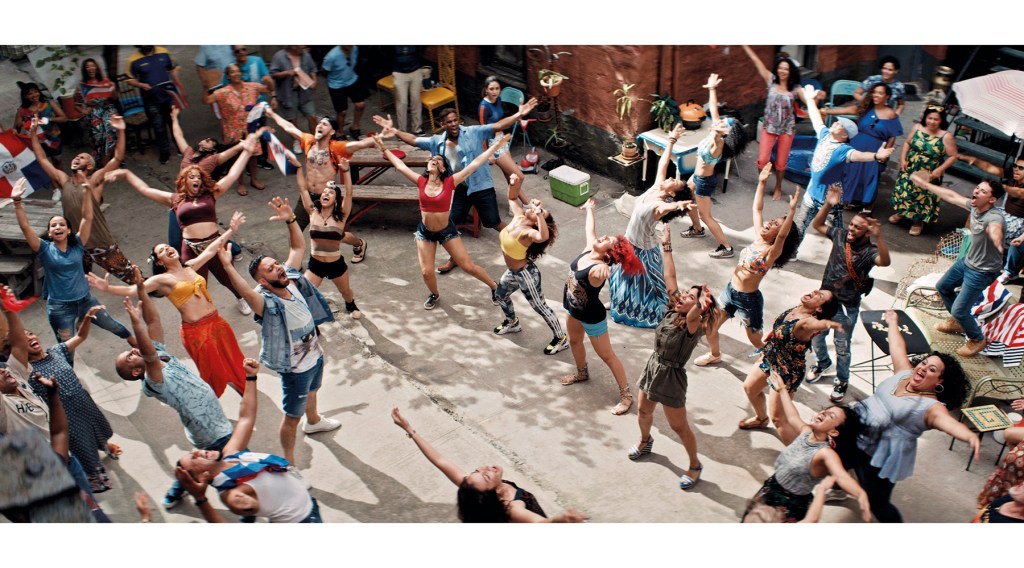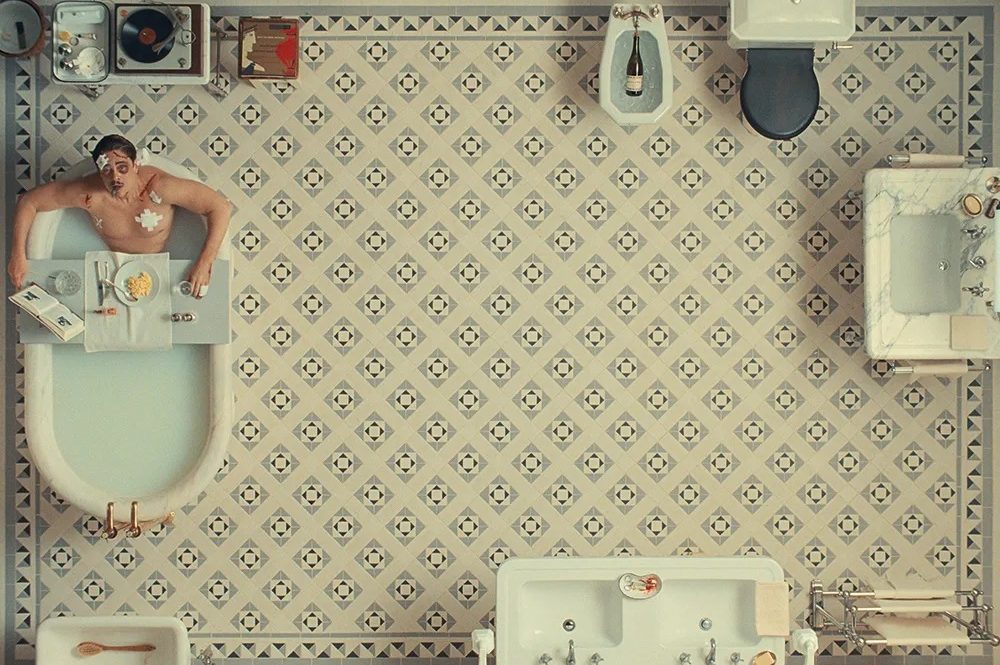In The Heights is an adaptation of Lin-Manuel Miranda’s smash-hit stage musical — the one he wrote before Hamilton — and it is all-singing, all-dancing, and a ‘feel-good summer movie’, as they say. True, the storytelling is quite basic — anyone frowning over a calculator is sure to have money worries — and by the end of two and a half hours you may well be praying for less singing, and less dancing, I beg you. But what the hell. It’s colorful, it’s fun. It has an unstoppable energy. It has some tremendous set-pieces. And it’s blissfully straightforward. It’s not one of those films that comes at you like a 1,000-piece jigsaw puzzle and neither will it send you running to the internet to search for ‘insert-name-of-film explainer’, which is just such a relief, as I seem to have seen so many of those lately. This is, in fact, the first big blockbuster release since Tenet, and I’m still googling explainers for that.
Directed by Jon M. Chu (Crazy Rich Asians), the film is entirely set in Washington Heights, a Latino neighborhood in Upper Manhattan, New York, and stars Anthony Ramos as our main character, Usnavi. He was named after one of the first sights his parents saw on arrival in America from the Dominican Republic, a ship with ‘US Navy’ written along the side. Usnavi runs a small grocery store and the first tune introduces us to many of the other characters as they visit his shop and as he frets over his bust refrigerator. ‘The milk has gone bad, hold up just a second/ Why is everything in this fridge warm and tepid?/ I better step it up and fight the heat/ ’Cause I’m not makin’ any profit if the coffee isn’t light and sweet!’ The style of music is hip-hop, like Hamilton, plus salsa, merengue and rap, and while I can now see that the lyrics look rubbish on paper, it’s sung with such oomph and verve it all makes perfect sense on screen.
The (basic) storytelling is (basically) centered on a question: should I stay or should I go? (To quote the Clash.) Should Usnavi stay or return to the Dominican Republic where his late father’s bar is for sale? Should Nina (Leslie Grace), who has returned for the summer from Stanford University, and is in love with a local taxi dispatcher (Benny, played by Corey Hawkins), stay or go back to university, where she has experienced racism and loneliness? Should Vanessa (Melissa Barrera), an aspiring fashion designer who is also the object of Usnavi’s affections, stay or move to a classier downtown district? Should the beauty salon girls (I did love the beauty salon girls) stay or…you get the drift. What is home?, this is asking.
The story is told over just a few days, when it’s hot, hot, hot, but it has none of the rising tension of, say, Spike Lee’s Do the Right Thing and, romance-wise, none of the heft of a West Side Story. The characters are not complex and are mostly interchangeable apart from Olga Merediz’s Abuela, the old matriarch of the community who, at one point, recounts her origins story. It’s perhaps the only instance the film is affecting. Meanwhile, Jimmy Smits plays Nina’s father, who spends most of his time frowning over a calculator. (Can he keep paying Nina’s tuition fees?)
But there is so much life in this, and joy. The streets hum and thrum with vitality and some of the song-and-dance set-pieces are huge, which is what we like, and one is set in an outdoor swimming pool, which is what we especially like. The choreography (by Christopher Scott) is always terrific and there’s that unstoppable energy which, given the film’s running time, might eventually have you shouting: ‘Stop. Stop with the unstoppable energy! I’m over it!’ But, you know, what the hell.
This article was originally published in The Spectator’s UK magazine. Subscribe to the World edition here.

























